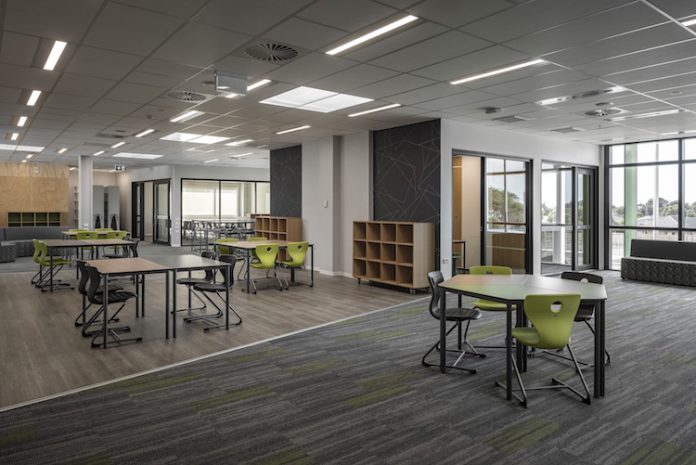You may not realise it, but one of simplest and most powerful tools for improving workers’ health and safety is free, convenient and easy-to-use — it’s a Site Safe initiative called Toolbox Talk.
Toolbox meetings, or pre-start meetings, are short briefings held on site with your team. They’re an easy way to ensure all workers are participating in safety activities and have an opportunity to discuss risks, controls, incidents and accidents, as well as the work programme and how the job is tracking.
The new Health and Safety at Work Act puts increased emphasis on employers to show that they are engaging with employees and allowing them to participate in improving health and safety.
Don’t be put off by the idea of rounding up the team for a Toolbox Talk — it’s really not hard. All it takes is a regular 10 to 15 minute meeting.
A weekly or fortnightly meeting is often suitable, but if you are involved in a big project with new workers coming on site regularly then you might want to increase the frequency to daily. Here’s a quick guide on how to run a Toolbox Talk:
1 Schedule the meeting
Let the team know where and when the meeting is. The start of the day works best with most workplaces.
2 Set the scene for the meeting — keep it real and be positive
Encourage everyone to join in and provide feedback, knowledge and experiences. Use simple language that everyone can understand to convey the key health and safety messages.
Toolbox meetings are a great opportunity to provide positive feedback for safe actions, hard work and initiatives. It’s also important to avoid criticism, and acknowledge everyone for their contributions. The meeting shouldn’t be a lecture, but a chance to engage with the team.
Ensure running and attending toolbox safety meetings is recognised as an important part of a person’s role. If the worker feels health and safety is an add-on, it will often be neglected.
3 Follow an agenda
Follow an agenda to make sure you cover everything off:
• Inform workers of changes to company procedures.
• Identify new hazards and review existing hazards.
• Develop/review risks and hazards.
• Discuss/review accident and incident data.
• Discuss the work programme for the day/week ahead.
• Have different speakers, such as company leaders, talk about the business direction or a particular topic.
• Discuss any new equipment on site.
• Provide a short training session (Site Safe provides Toolbox Talk topics to its members for upskilling and informing workers).
Discussion points should be topical and relevant to current or upcoming activities at work. These can be identified by asking workers for input, changes in the work process or work environment, or in response to accidents or incidents in the workplace.
4 Close the meeting
Thank the team for their time and let them get to work.
5 Record meeting notes
Meeting details should be recorded and kept on file. Record meeting dates, attendees and discussion items. Show follow-up items from previous hazards, accidents and incidents.
Visit www.sitesafe.org.nz to download a free Toolbox Talk template.




